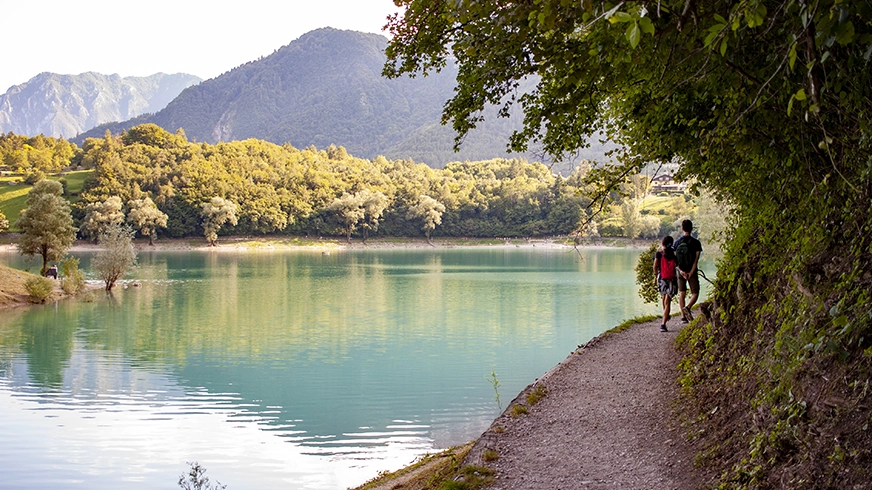There are countless destinations that, between nature and beautiful villages, also take environmental aspects into consideration.
Few countries are as well-suited as Italy for ecotourism. Villages rich in art and history, parks, biodiversity reserves, and protected marine and terrestrial areas make perfect destinations for responsible, immersive, and exciting travel. Here are 5 must-visit destinations in Italy for sustainable tourism. These stunning places offer unique travel experiences, with options for all tastes—whether you're looking to recharge or relax, enjoy total tranquility, or seek adventure. Whatever the choice, the focus is always on eco-friendly and respectful travel to the places you visit. Ready to set off !
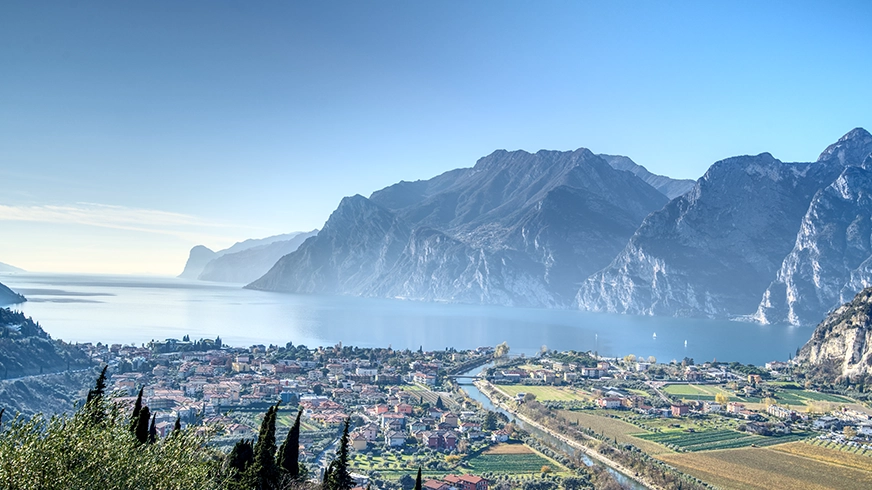
Lake Garda
Lake Garda, located between Lombardy, Veneto, and Trentino Alto Adige, has always been a destination for "green" tourism due to its natural beauty and stunning landscapes. Today, Lake Garda reaffirms its status as a sustainable destination thanks to slow mobility: the lake boasts a vast network of cycling paths, suitable for both experienced cyclists and beginners, including children. Among these, the Valle dei Laghi Cycle Path stands out, accessible both in summer and winter.
You can reach the lake by train, arriving at charming towns like Gardone, which has been awarded the Blue Flag for its pristine waters, or by bus using shared mobility services. The lake is also perfect for activities like windsurfing and kitesurfing, with schools available in many villages, such as Brenzone, Campione del Garda, Gargnano, Limone sul Garda, and Malcesine.
And let's not forget the local food and wine. Thanks to its unique microclimate, which has even been studied by longevity experts, Lake Garda is a fertile land that produces excellent wine and olive oil. These can be discovered through tastings and experiences offered by local wineries and estates.
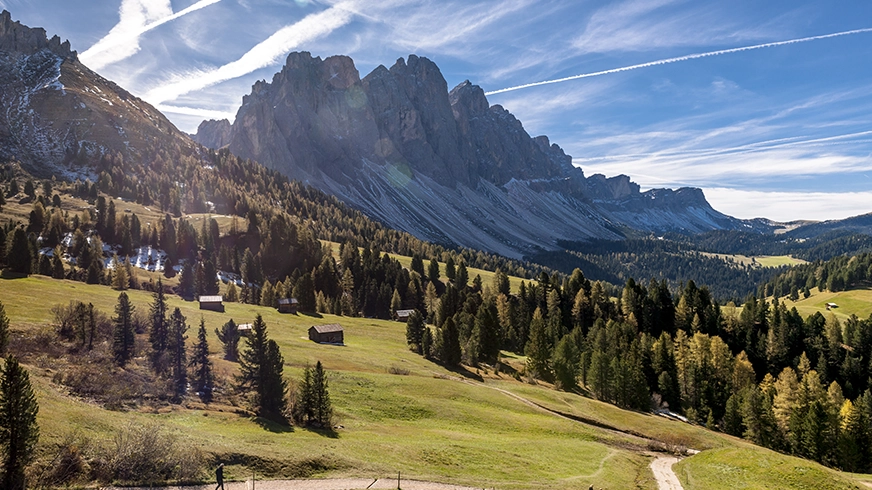
Val Badia
Alta Badia, located in the Dolomites, is a stunning place whose unique geography has preserved its Ladin language, traditions, and natural beauty. This has made the southern part of Val Badia, a side valley of Val Pusteria in South Tyrol, a highly regarded destination for sustainable tourism, certified by the Global Sustainable Tourism Council (GSTC).
Alta Badia offers a wide range of authentic "green" tourism experiences. The ATIRA project—an acronym of Ladin words meaning "Love" (Amur), "Territory" (Teritore), "Education" (Insegnamënt), "Respect" (Respet), and "Environment" (Ambiënt)—encourages visitors to explore the region consciously. Activities include mycological excursions, where you learn about mushrooms, or discovering meadows and crops alongside a young local farmer. Another option is becoming an eco-hiker, collecting litter left in the woods.
Getting around is made easy with an excellent integrated mobility system, including bicycles, e-bikes, and shared public transport. A dedicated pass allows access to many of the area's lifts and cable cars, making eco-friendly travel convenient and enjoyable.
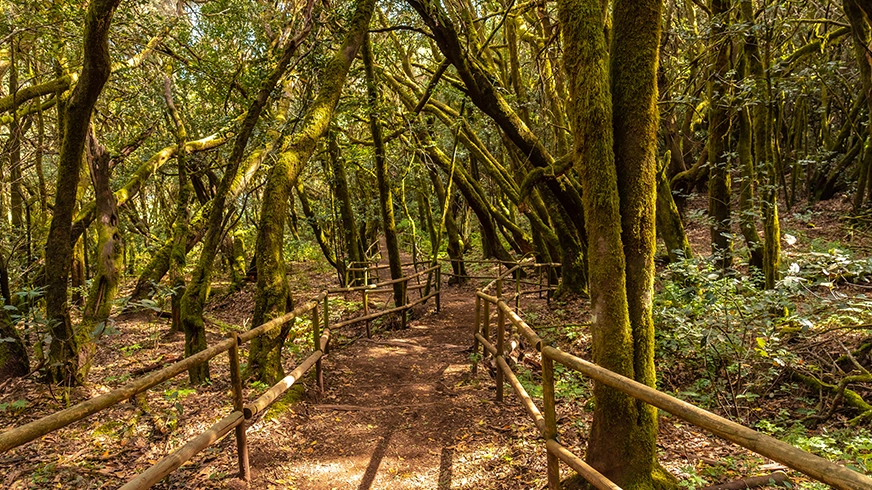
Abruzzo
Abruzzo is truly the green heart of Italy: green by nature, with its four beautiful national parks (National Park of Abruzzo, Lazio, and Molise, Gran Sasso and Monti della Laga National Park, Maiella National Park, and Sirente-Velino Regional Nature Park), vast forests, and an incredible variety of landscapes, springs, rivers, lakes, canyons, and wild mountains.
It’s a paradise for those who love trekking and walking in nature, perhaps retracing spiritual paths such as the Celestine Way. Abruzzo can also be admired aboard a historic train, the Transiberiana d'Italia, from whose windows visitors enjoy breathtaking views. Not to mention the artistic value of cities like L'Aquila and Sulmona, as well as countless villages. In recent years, Aielli has become perhaps the most famous, turning into a small capital of street art—a place to visit on foot and a symbol of sustainable and slow tourism.
An interesting fact: In Abruzzo, in Civitella Alfedena, there is a museum dedicated to the Apennine wolf, an animal that may be feared but is undeniably fascinating.
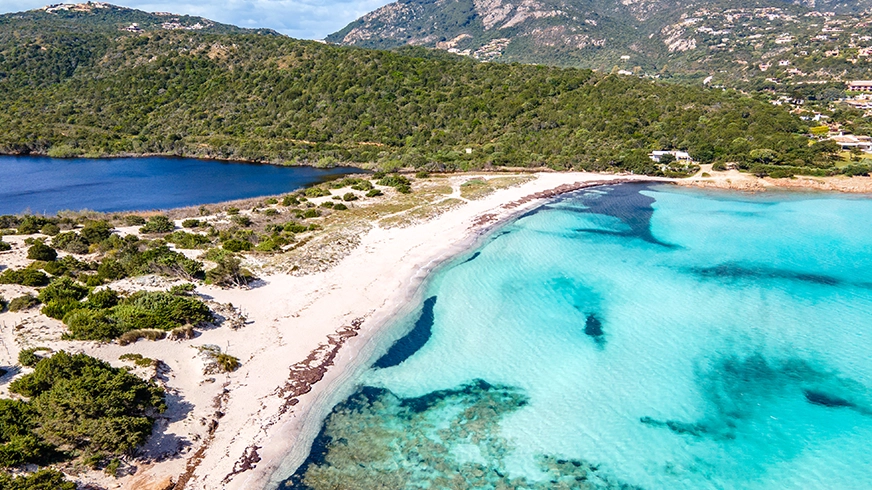
Sardinia
Sardinia has an unexplored, beautiful, and wild side, far removed from the typical glamorous "VIP" stay in Costa Smeralda. Both the southern and northern parts of the island offer many pleasant surprises for those who enjoy "active" and eco-friendly holidays. Several itineraries can be followed across the island.
There is the Isili Plateau in the Cagliari area, where you can experience archaeotourism and go on a hunt for nuraghes, the mysterious ancient structures of Sardinia. Ogliastra, on the southwestern coast, is also a perfect destination for sustainable tourism, with its enchanting white coves, including Cala Goloritze, which can be reached via a beautiful one-hour trek. Nature lovers cannot miss a trip on the Trenino Verde from Arbatax to Gairo, which passes through pristine forests. In the north, consider exploring Gallura, with its stunning Costa Rossa and granite cliffs.
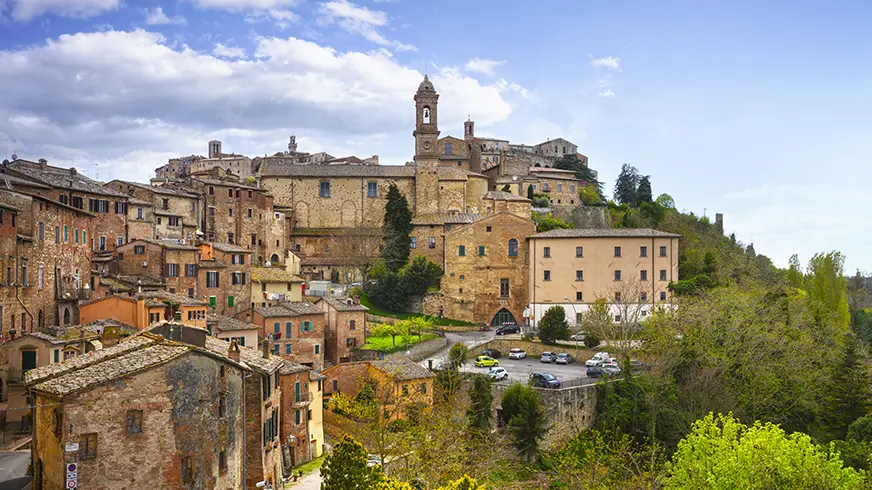
Tuscany
Tuscany is a sustainable tourism destination with a thousand shades: in this corner of Italy, rich in history and unique nature, it's easy to create a "wild" or more artistic tailor-made itinerary. Since 2019, the Maremma Regional Park (which can also be explored on horseback) has been recognized as a "European Excellence," and in late 2023, Grosseto received the European Green Pioneer of Smart Tourism 2024 award, dedicated to cities with fewer than 100,000 inhabitants that stand out for sustainable mobility and other eco-friendly tourism practices.
There are many different experiences to enjoy. In Maremma, for example, you can go birdwatching in the Diaccia Botrona Nature Reserve, home to rare bird species. Or relax at the Petriolo free thermal baths, some of the oldest in Italy, with their beneficial and healing waters. Another option is cycling the 38 kilometers of the delightful and scenic Leopoldina Road. For accommodation, you can choose from numerous agriturismos, glamping, and eco-resorts scattered across the countryside, coast, and hills.

